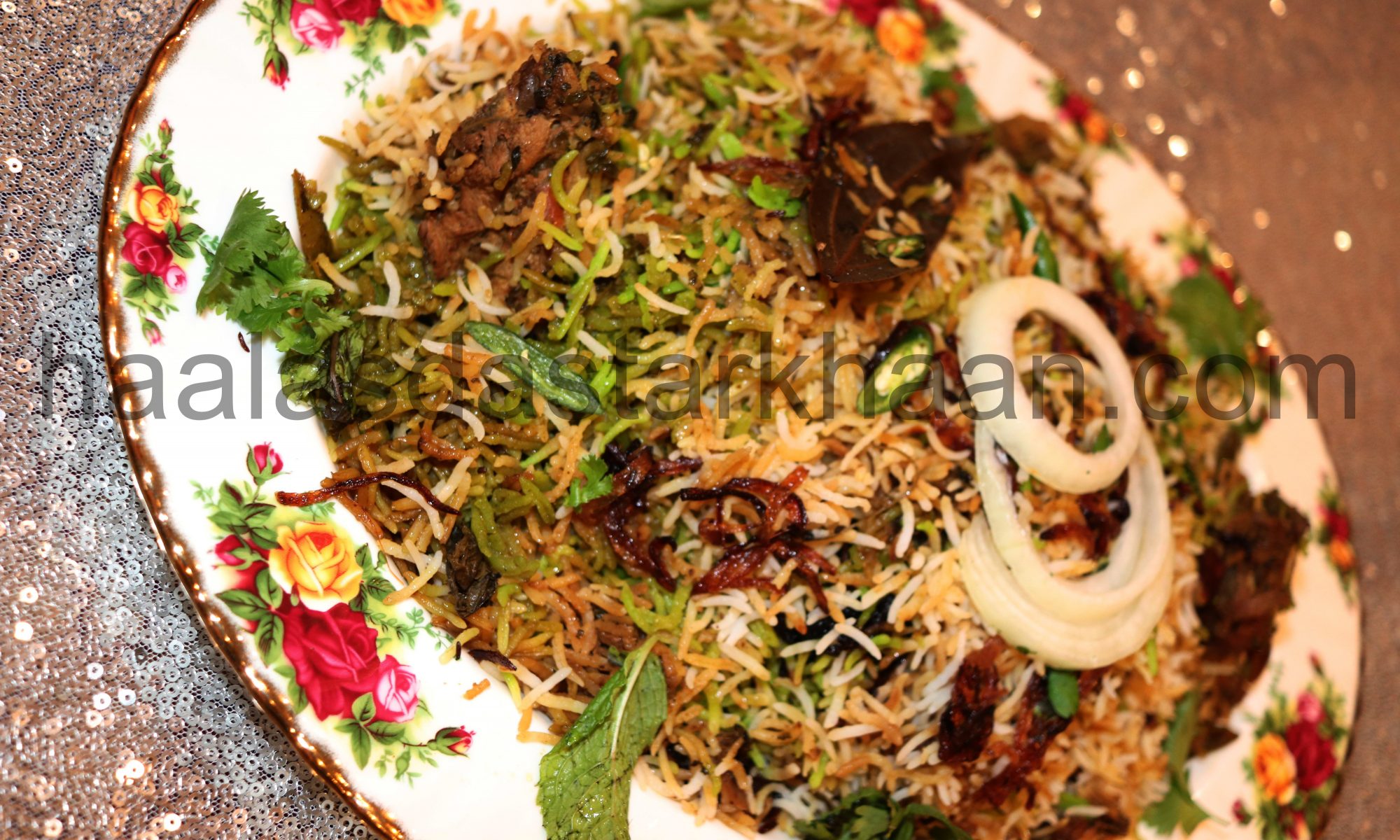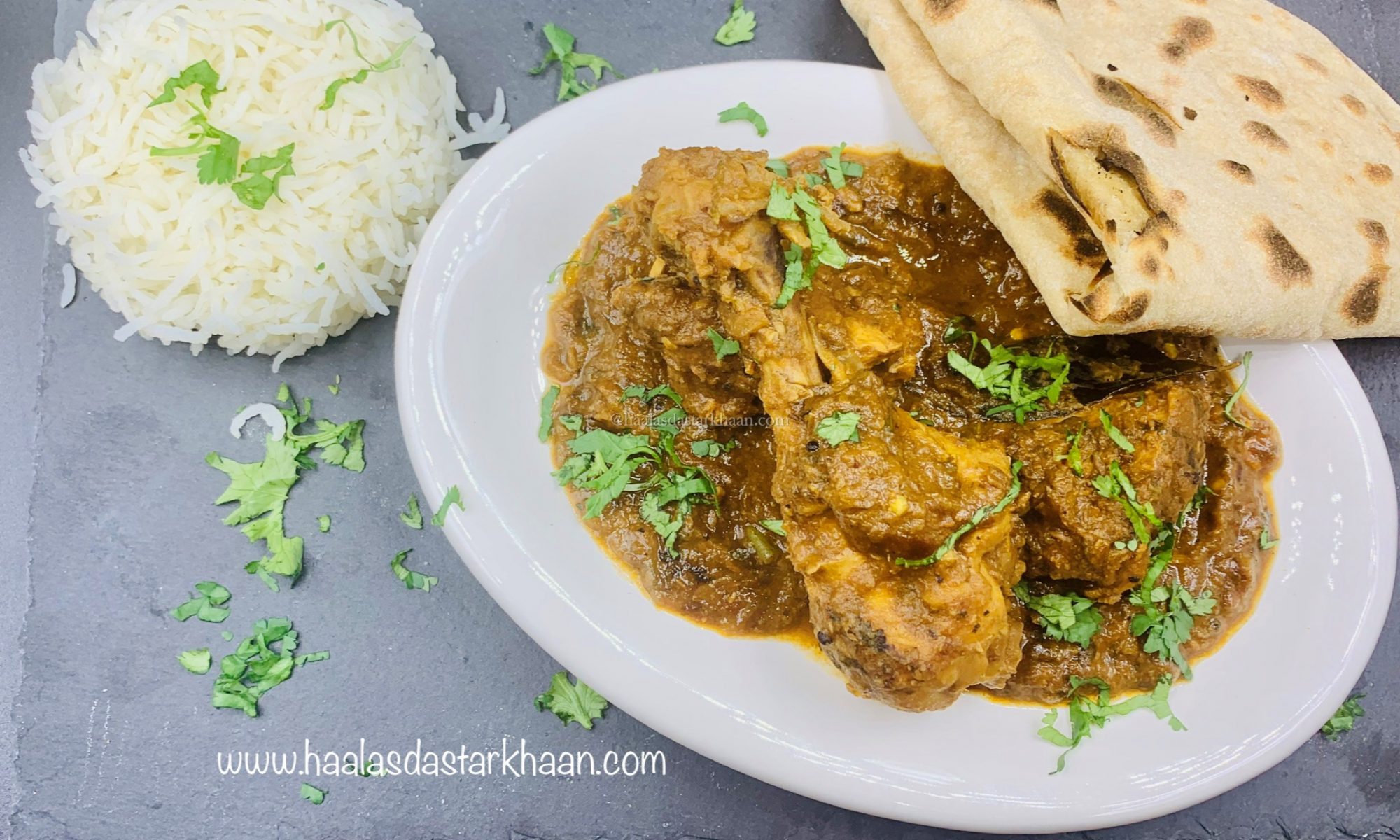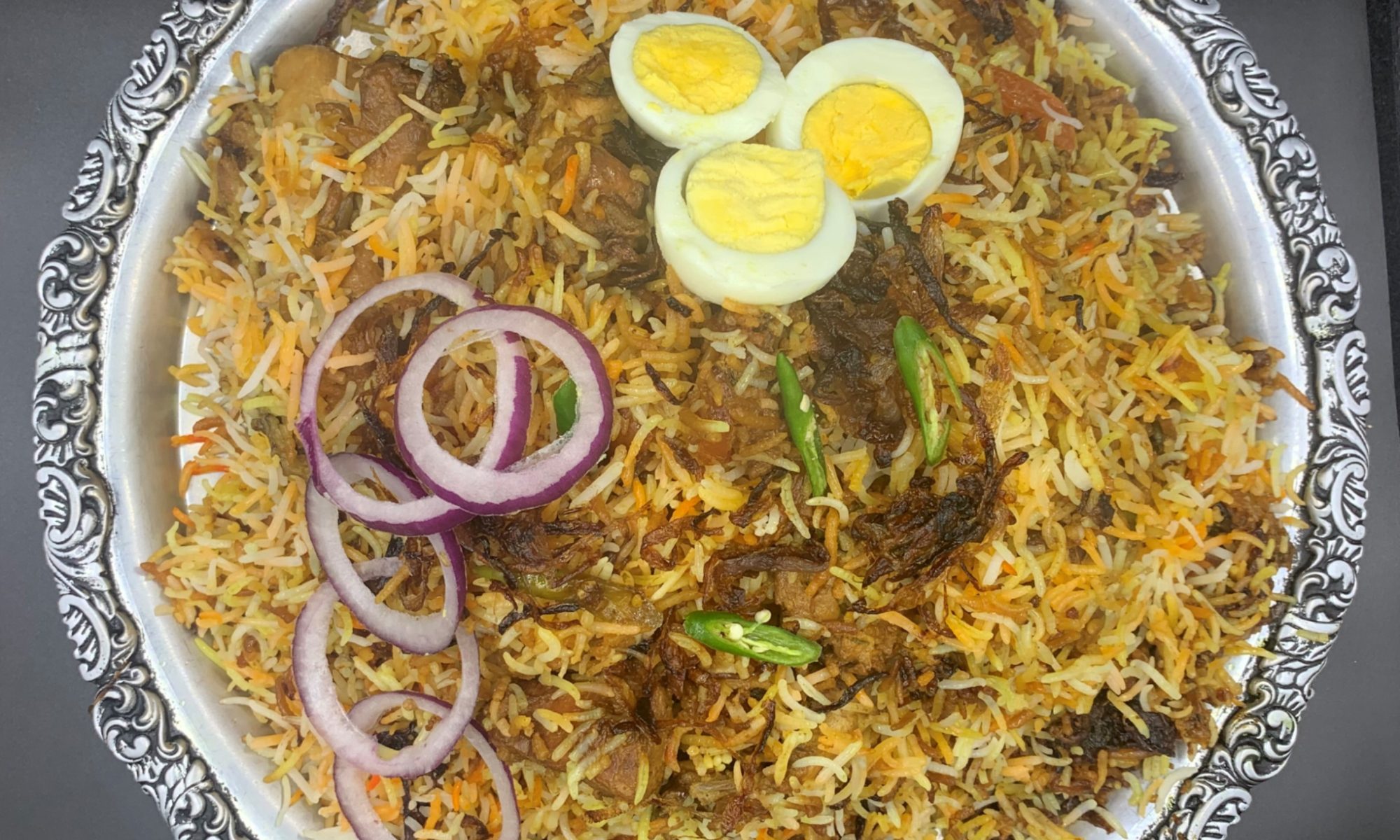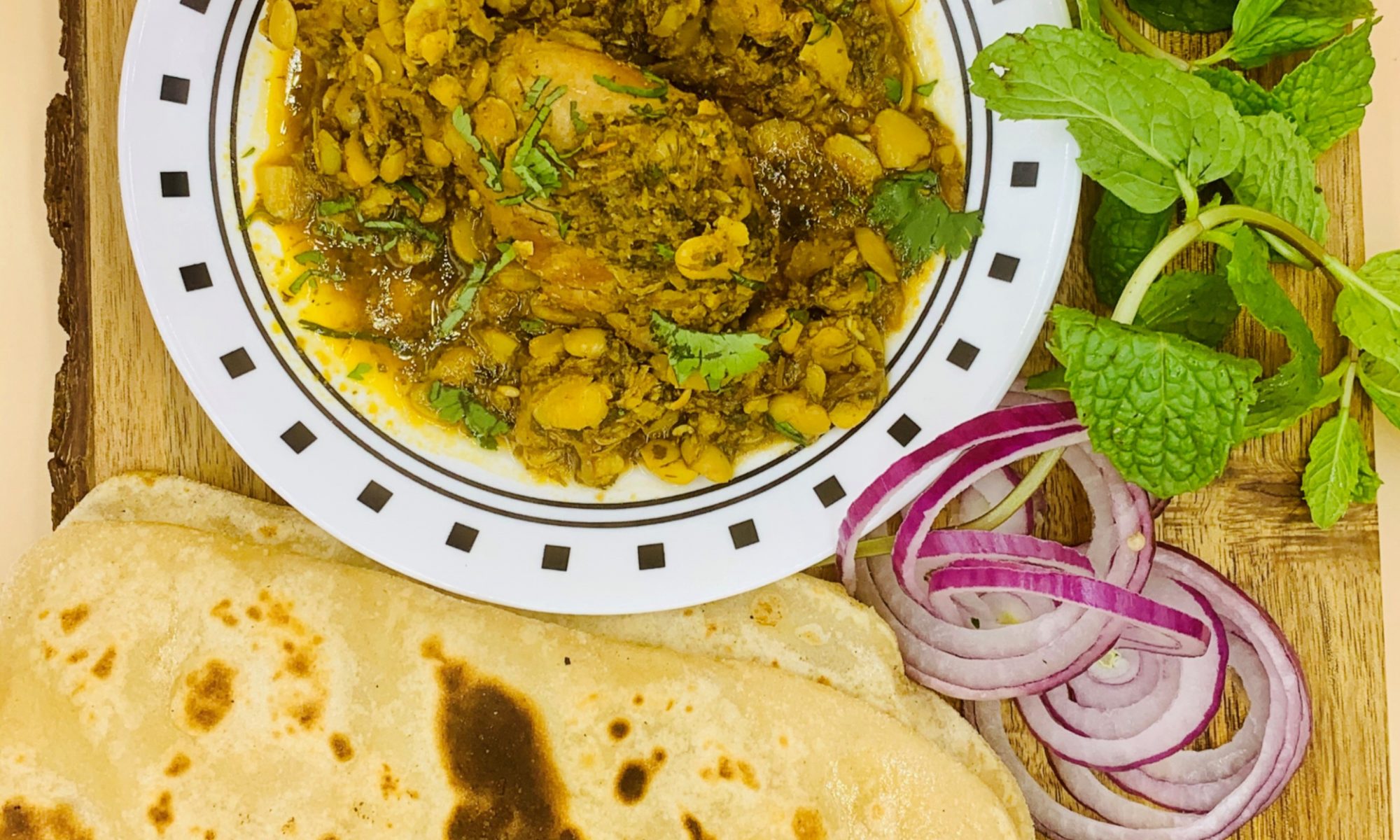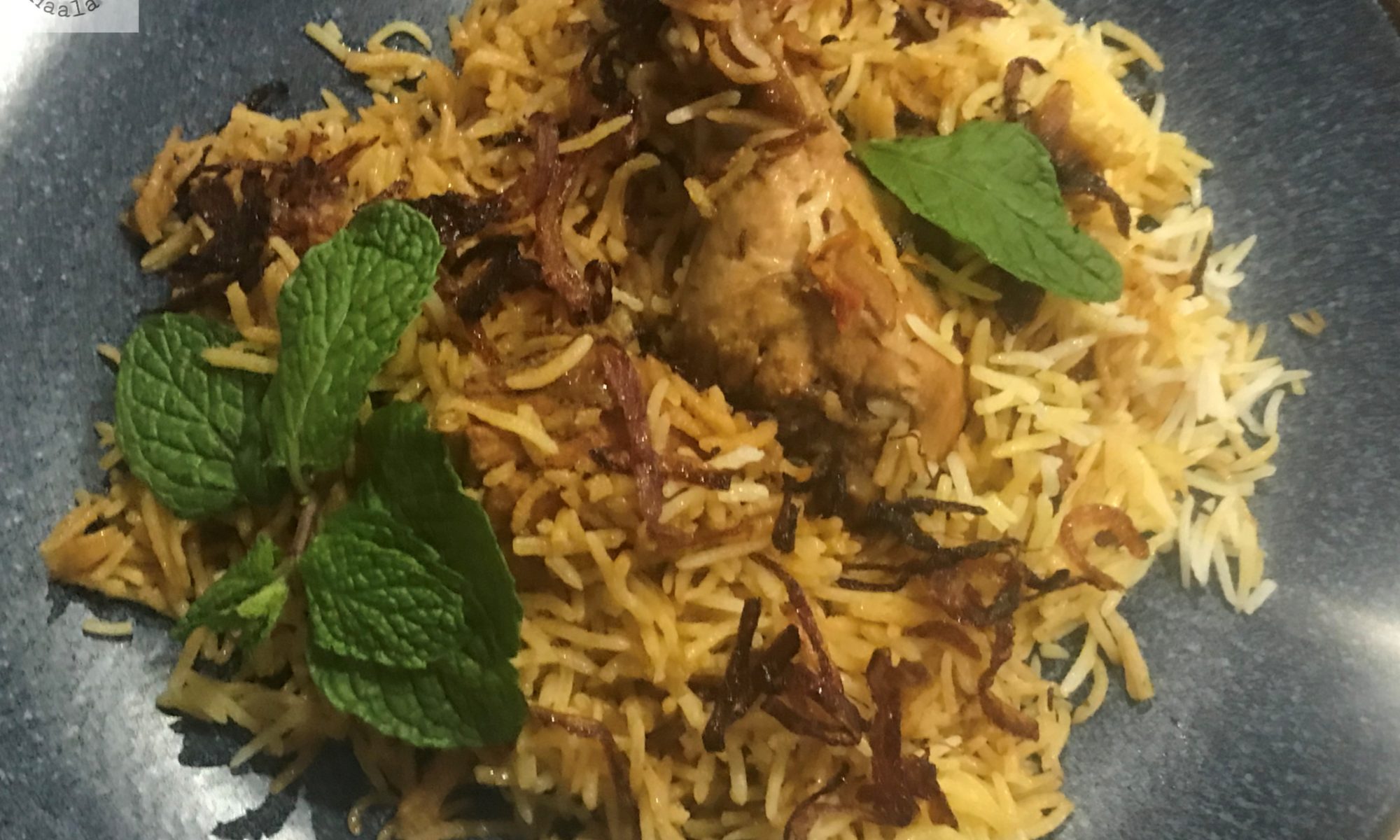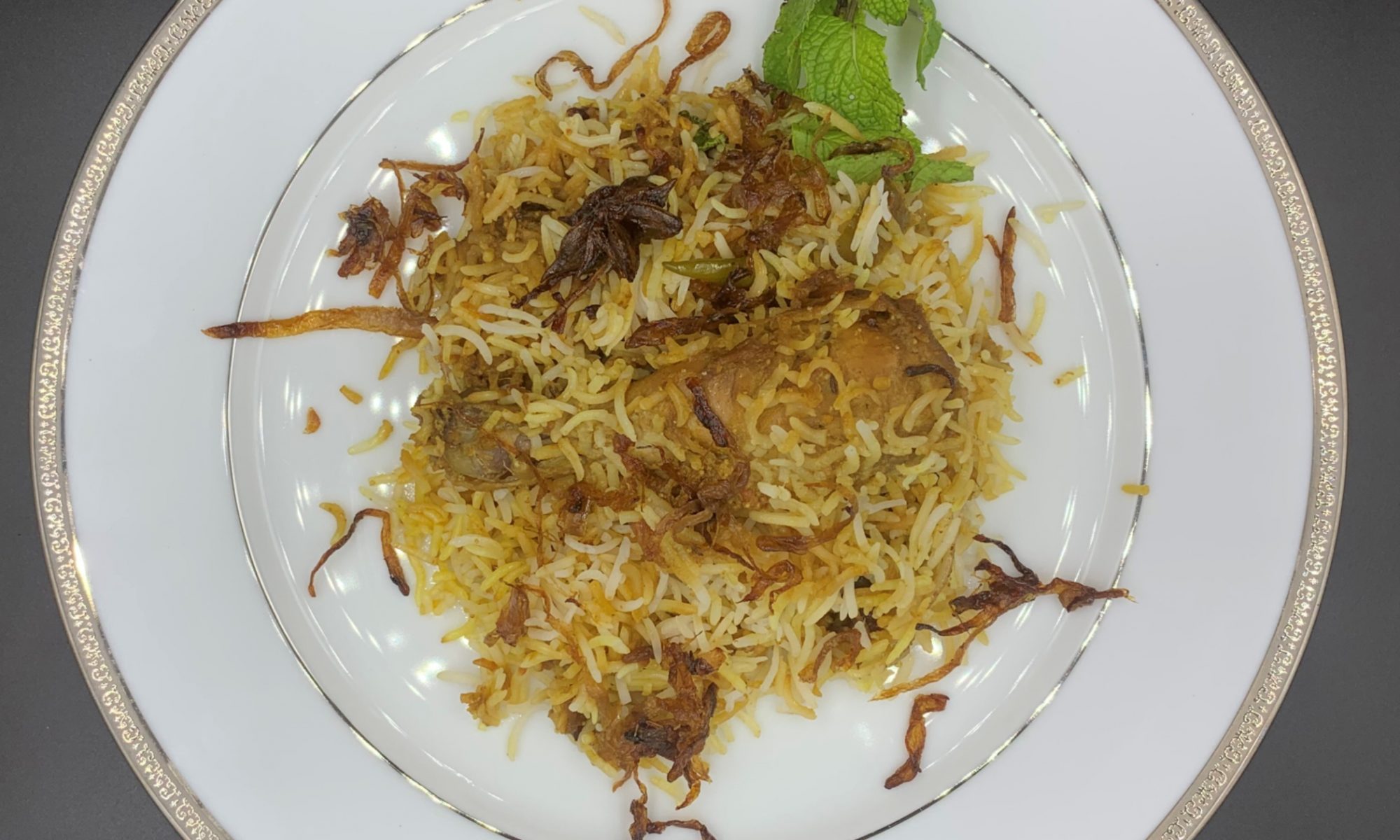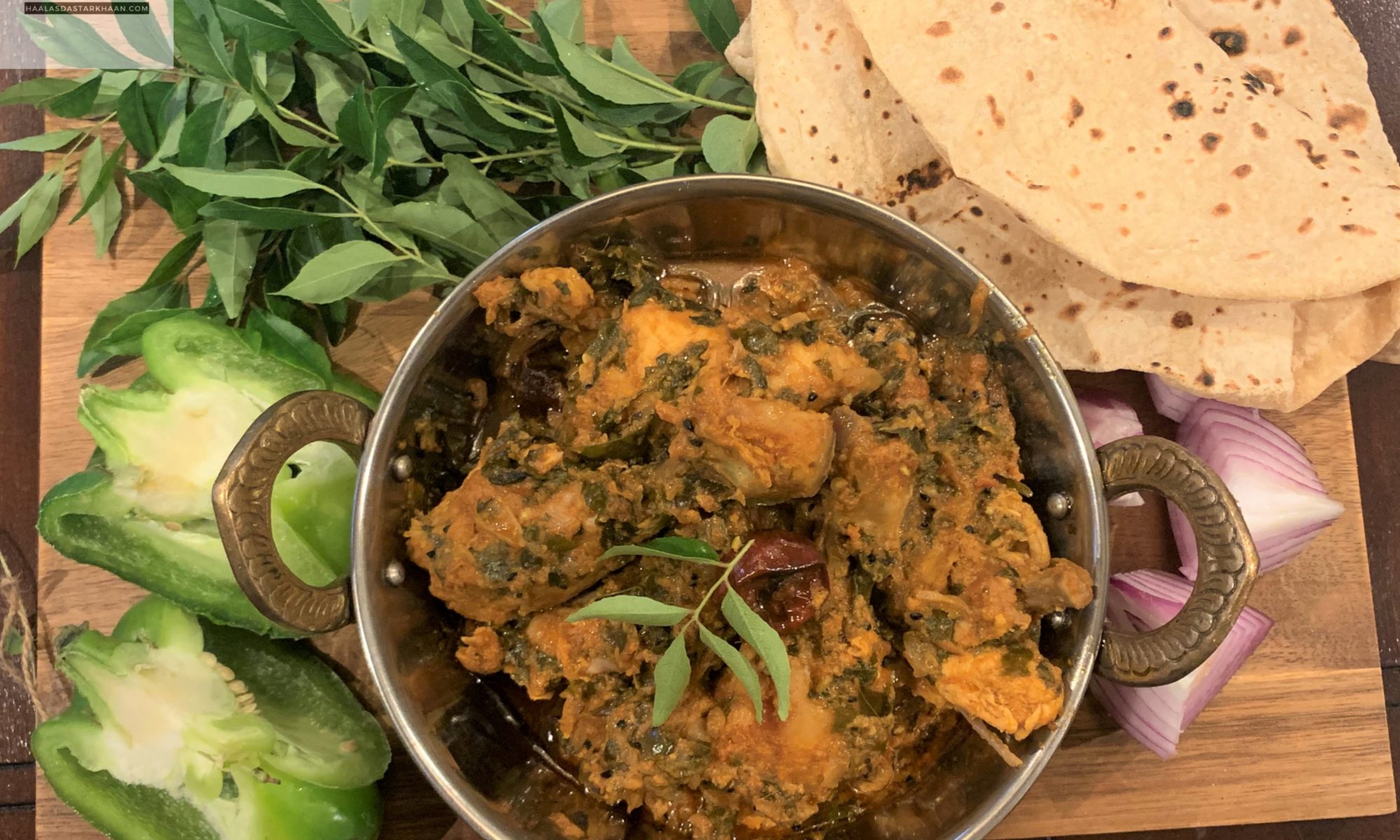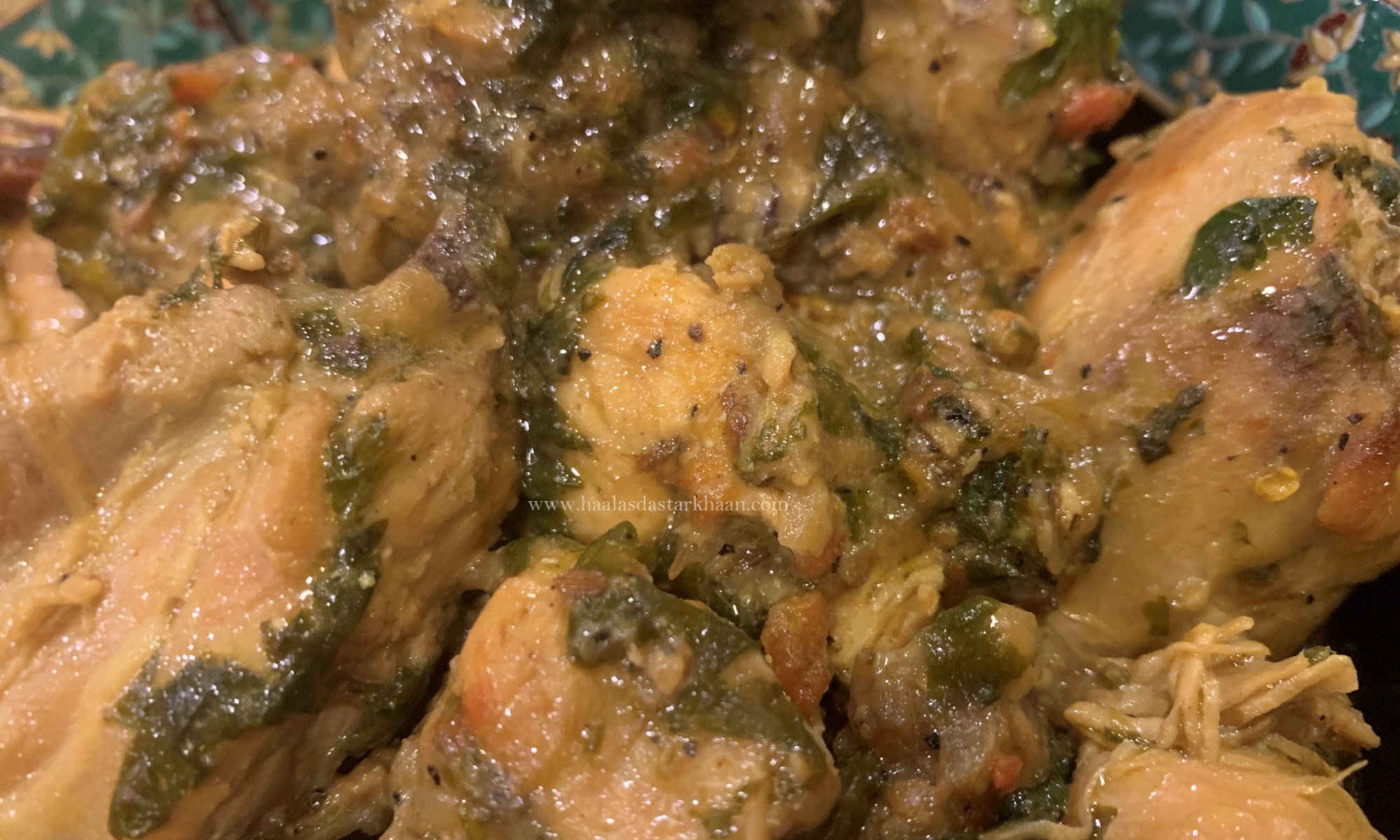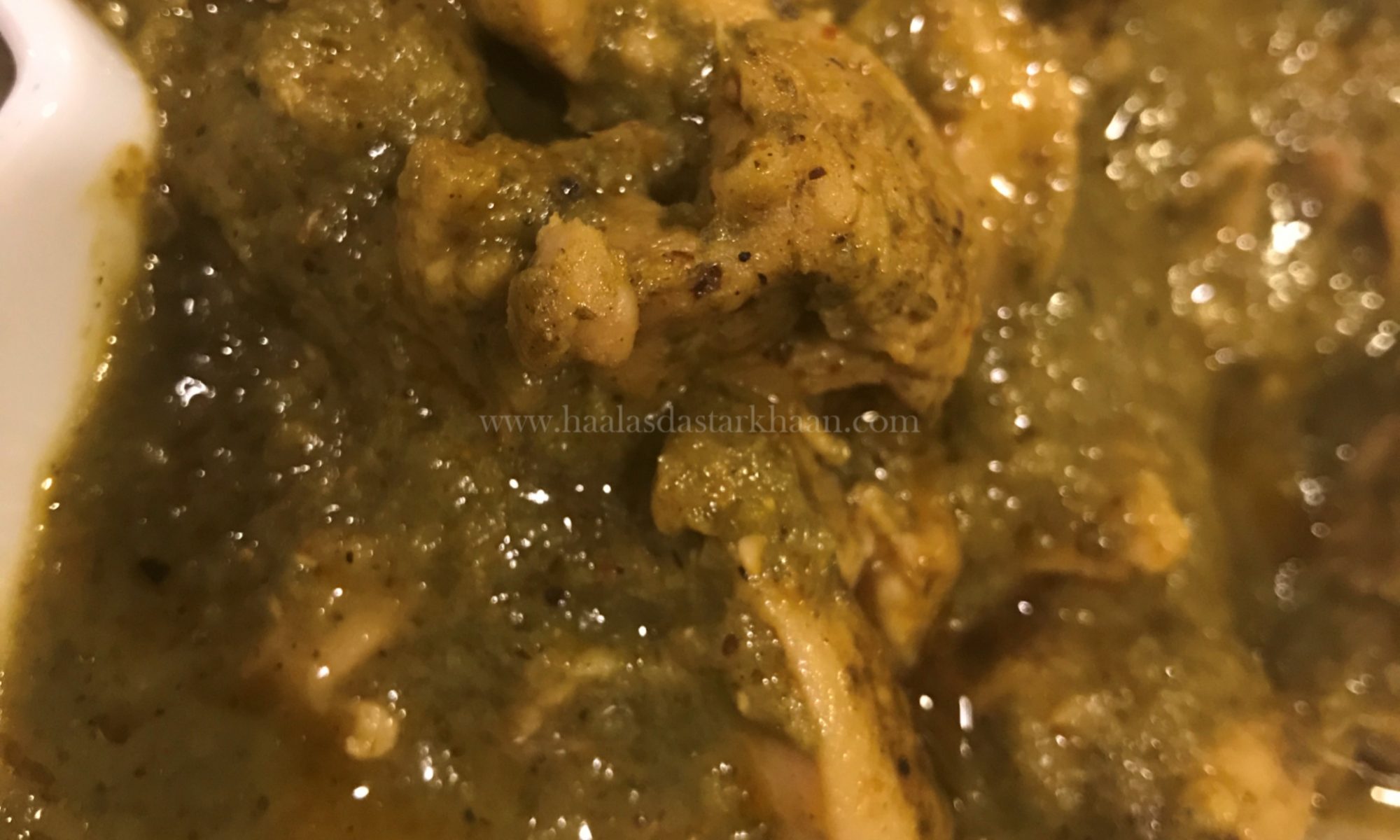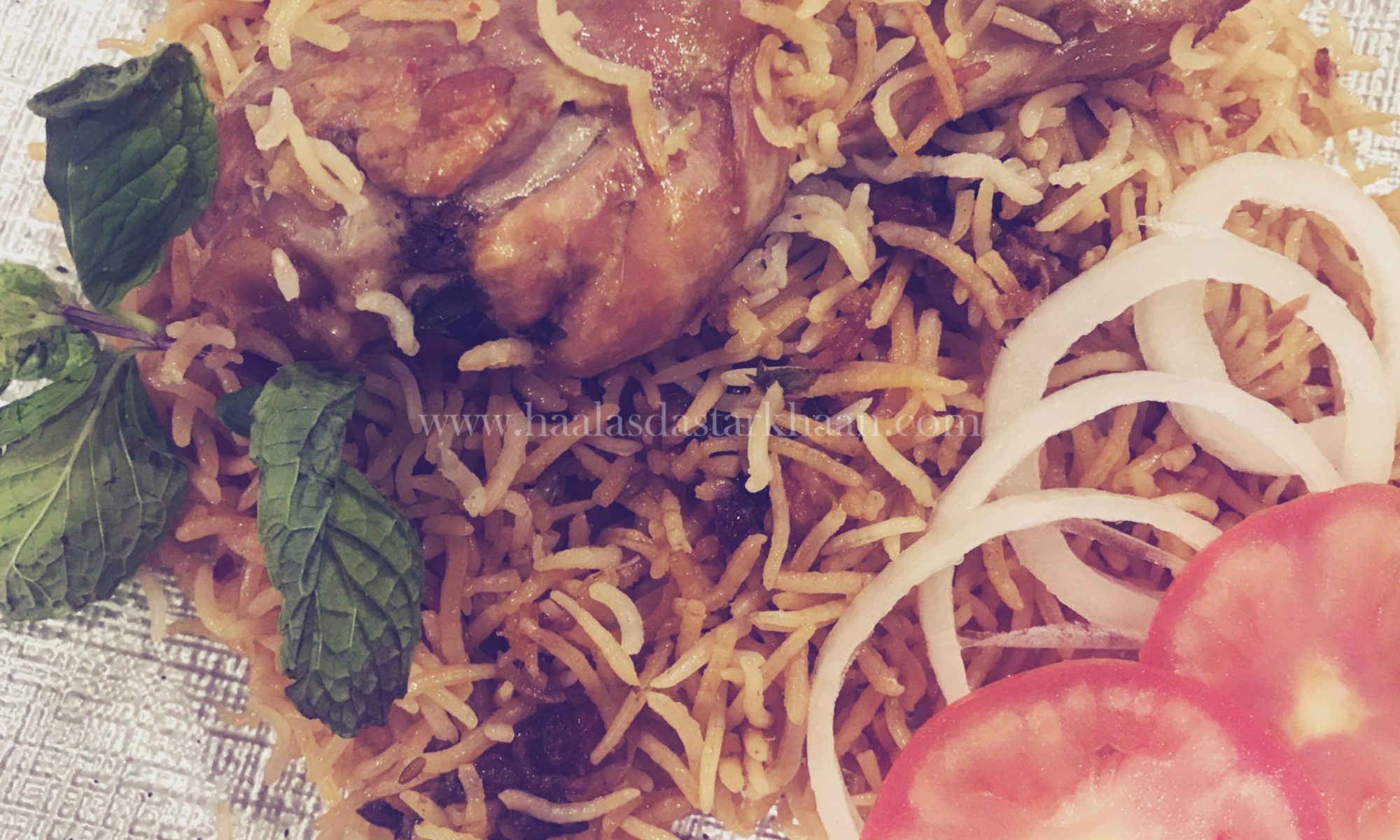Chicken and Lentils: A Surprising Love Story
Some dishes sound absolutely strange at first—but then you taste them, and they completely win you over. This is one of those dishes.
When my husband, Mr. Parveez, first told me about a curry made with chicken and lentils, I was skeptical. I assumed it was one of those nostalgic favorites—something he loved simply because he grew up eating it. To me, the idea of cooking chicken with lentils felt like a waste of perfectly good chicken.
But curiosity (and love) got the better of me. I gave it a try.
And to my surprise, the flavors were beautifully balanced. The lentils added a gentle earthiness, the chicken brought richness, and together they created a dish that was hearty, comforting, and absolutely delicious.
Sometimes, the most unexpected combinations turn out to be the most memorable.
From Stable to Table: The Story Behind a Humble Chicken Curry
Let’s get to the root of this dish’s story.
The lentils used here are horse gram—a hardy, protein-rich legume known for its earthy flavor and nutritional value. I make everything from scratch, and trust me, it’s not difficult to do. But back home in Bangalore, the tradition is even more rustic.
Yes, you read that right: the horse gram is soaked and boiled at the stables. The lentils themselves are fed to the horses, while the nutrient-rich water—the liquid left behind after boiling—is brought home. That humble broth, often with a few lentils still floating in it, becomes the base for a chicken curry that’s surprisingly rich, flavorful, and deeply satisfying.
It’s a dish born from resourcefulness, shaped by tradition, and elevated by taste. And once you try it, you’ll understand why something that sounds so unusual can taste so extraordinary.
Horse Gram & Chicken: A Dish I Never Expected to Love
I had never tried this dish back in Bangalore—and to be honest, I never really looked forward to it either. It just didn’t sound tempting. Cooking chicken with lentils? It felt like a mismatch, a waste of good chicken.
But one fine day, while grocery shopping, we stumbled upon horse gram daal. Mr. Parveez lit up instantly—nostalgia in full bloom. That meant we’d be starting from scratch, with no idea how to get the daal to the right cooking stage.
Thankfully, one of my sister-in-laws came to the rescue. She suggested soaking the daal overnight and then boiling it with turmeric powder, cumin powder, salt, and red chili powder until soft. She advised using just the water with about 25% of the daal, discarding the rest.
But I couldn’t bring myself to throw away the lentils. So I kept them—and ground them into a paste.
That small decision changed everything. The paste added body, depth, and a beautiful earthiness to the curry. What started as a hesitant experiment turned into a dish I now cherish. It’s a reminder that sometimes, the best flavors come from trusting your instincts.
